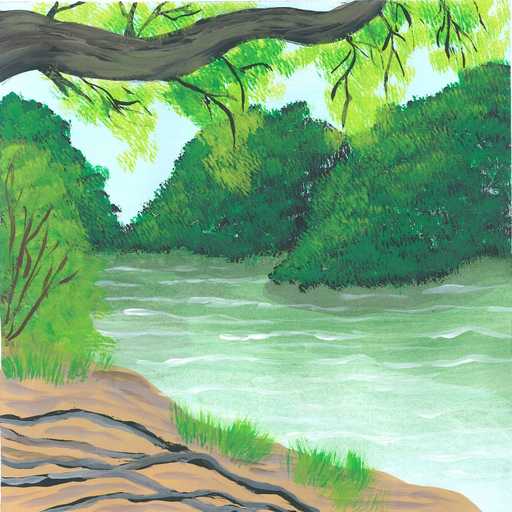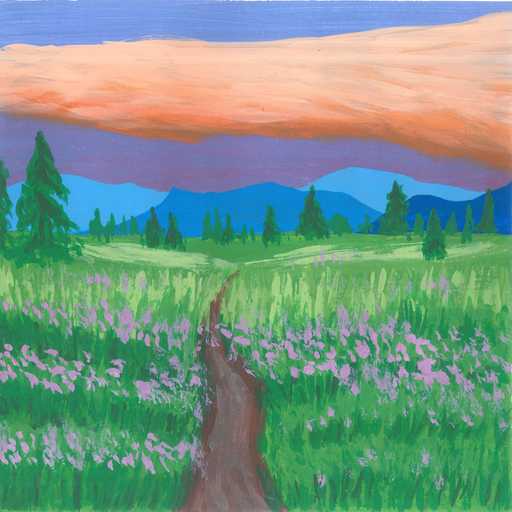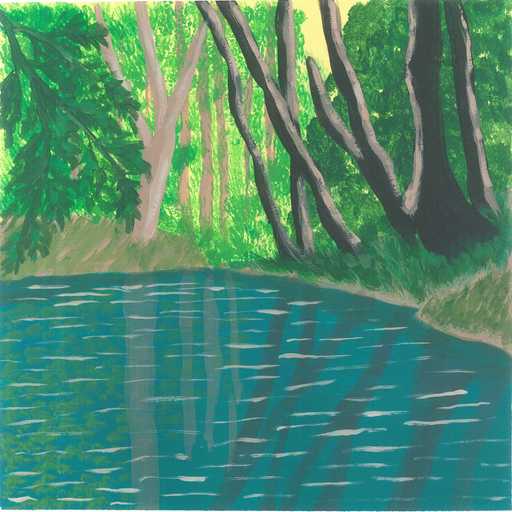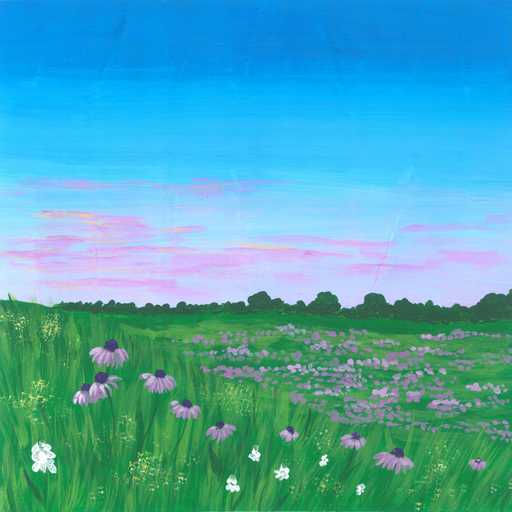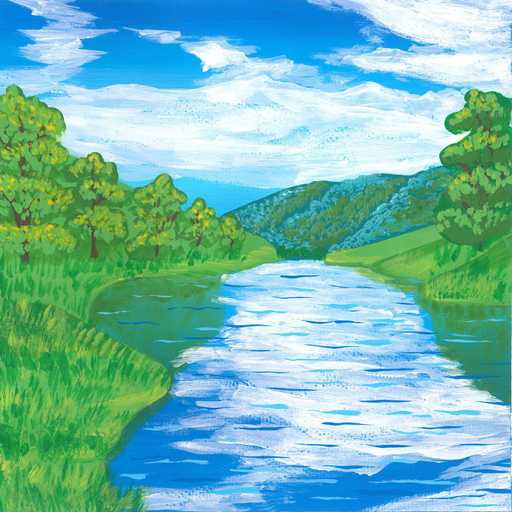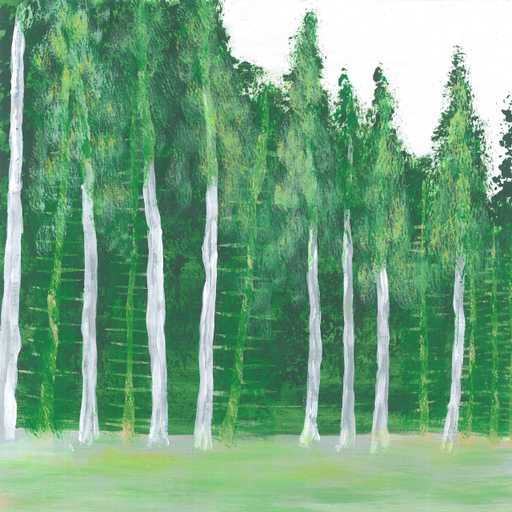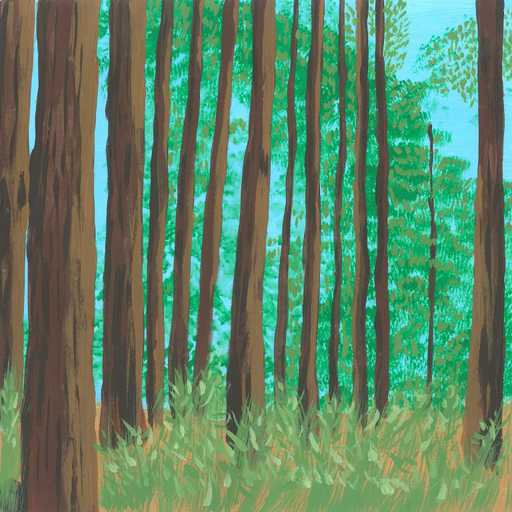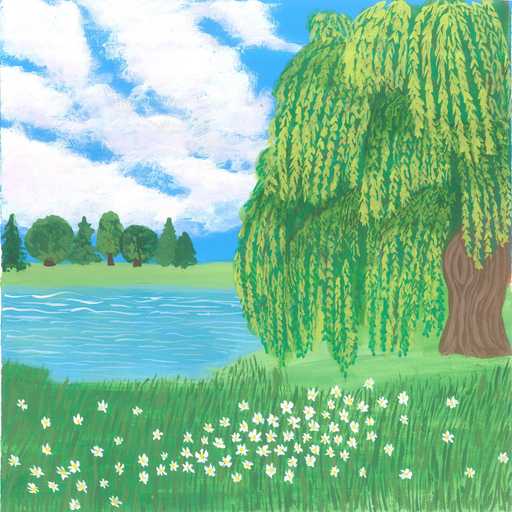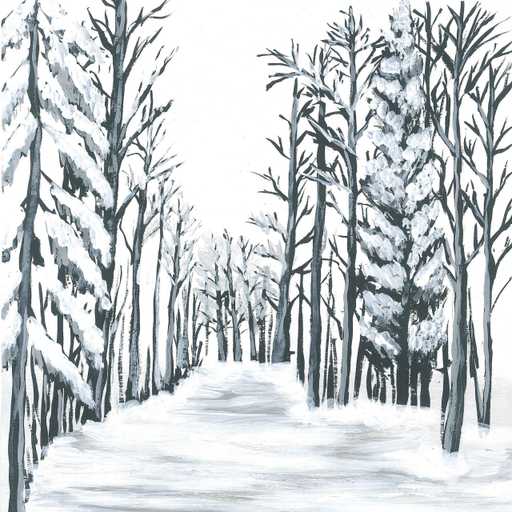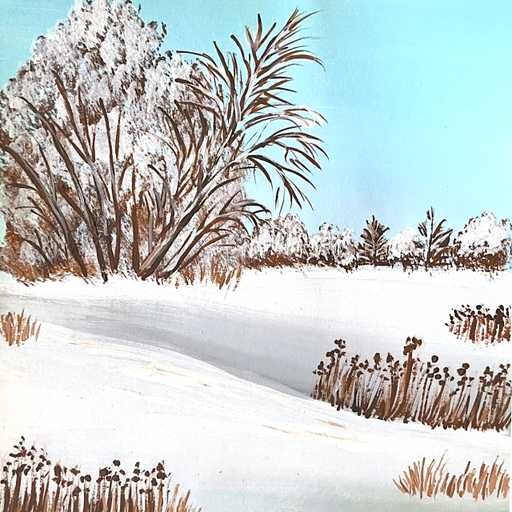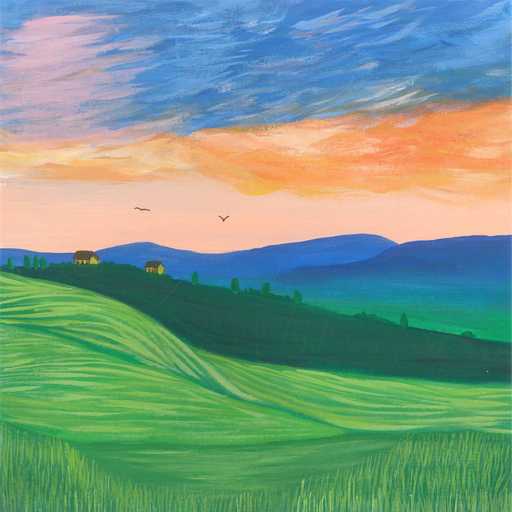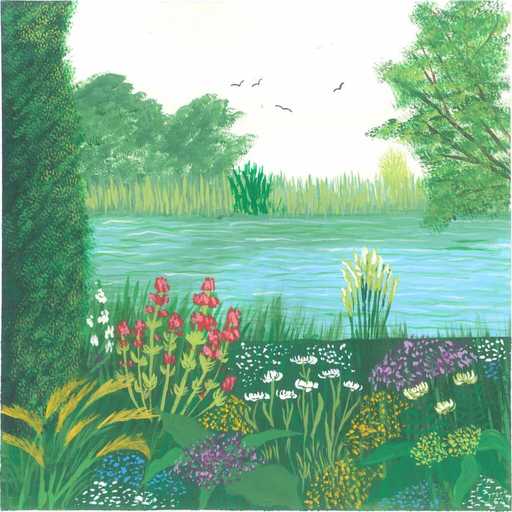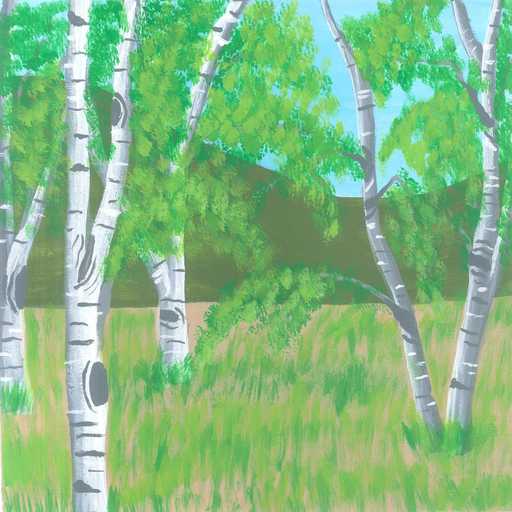
The quietest places in the world’s loudest cities
The impact of noise pollution on human health is being increasingly recognized.
Worldwide, urbanization continues to grow (particularly quickly in developing economies), while in the ‘developed world’, almost 80% of the population already live in urban areas — many of them likely living in some of the loudest cities in the world.
Urban noise pollution is not going away. That’s why we’ve put together this guide to the ‘noisiest’ cities across the US, UK, and mainland Europe, and the places within them where it’s possible to escape the hustle and bustle of city life.
NB: ‘Noisiest’ refers to the percentage of each city’s residents who are exposed to high noise levels on an average day. See our methodology for details.
The loudest cities in the world
Boston, Massachusetts
11.8%Fresno, California
11.4%Chicago, Illinois
10.9%Anaheim, California
10.4%Los Angeles, California
9.7%Laredo, Texas
9.5%Oakland, California
9.2%Newark, New Jersey
9.0%Santa Ana, California
8.9%Sacramento, California
8.6%How noise pollution affects our health and wellbeing
Described as “an underestimated threat” by the World Health Organization (WHO), noise pollution is “a leading environmental nuisance”. And with good reason: because we subconsciously interpret abrupt noises as signs of danger, they “trigger involuntary fight-or-flight responses” and “strain [the] autonomic nervous and endocrine systems”.
As a result, noise pollution can impair sleep, work and school performance, and hearing itself. Longer-term impacts include:
- Tinnitus
- Mental health symptoms like anxiety, stress, fatigue, and headache
- Cognitive impairment and decline
- “Heart attacks, strokes, and other serious heart-related problems”.
European research shows that noise pollution can even lead to premature deaths. Such high stakes show why opportunities to find peace—away from the likes of traffic noise, errant burglar alarms, and pneumatic drills—are so important.
Nature sounds (also known as ‘green noise’) can improve well-being by “physically alter[ing] our brains’ connections” and boosting the “parasympathetic response […] that helps the body relax”. But if escaping the city in search of birdsong, the hum of bees, and rustling leaves isn’t an option, why not explore some of the most calming spaces that are within reach?
Where to find peace and quiet near you
Our analysis established where people in cities across the US, UK, and mainland Europe are exposed to high noise levels. We then researched parks and nature spots in and around these cities, to identify those considered quiet, peaceful, or relaxing by the people who visit them. Each has been given a ‘Quiet Score’; the higher the score, the more peaceful the place. Please see our methodology for more details.
This interactive map shows just a handful of the best-rated quiet spots around the world, while the table displays more results. Try out the filters to refine your search.
| Country | State | City | Place | Quiet Score |
|---|---|---|---|---|
| United States | Washington | Spokane | Nishinomiya Tsutakawa Japanese Garden | 11.16 |
| United Kingdom | Scotland | Edinburgh | Dr Neil's Garden | 10.07 |
| United States | Arizona | Phoenix | Japanese Friendship Garden of Phoenix | 10.05 |
| United States | California | Fresno | Shinzen Japanese Garden | 9.56 |
| United Kingdom | England | Portsmouth | Southsea Rose Garden | 9.31 |
| United Kingdom | England | London | Crossrail Place Roof Garden | 9.23 |
| United States | California | San Jose | Japanese Friendship Garden | 9.03 |
| United States | Oregon | Portland | The Grotto - National Sanctuary of Our Sorrowful Mother | 8.73 |
| United States | Washington | Seattle | Seattle Japanese Garden | 8.72 |
| United States | Texas | Fort Worth | Fort Worth Japanese Garden | 8.66 |
| United States | New York | New York | New York Chinese Scholar's Garden | 8.63 |
| United Kingdom | Wales | Cardiff | Cathays Park | 8.11 |
| United States | Minnesota | Minneapolis | Eloise Butler Wildflower Garden and Bird Sanctuary | 8.04 |
| United States | North Carolina | Greensboro | The Bog Garden at Benjamin Park | 7.92 |
| United States | California | Long Beach | Earl Burns Miller Japanese Garden | 7.89 |
| United States | Illinois | Chicago | Alfred Caldwell Lily Pool | 7.82 |
| United States | Missouri | Kansas City | The Ewing and Muriel Kauffman Memorial Garden | 7.79 |
| United Kingdom | Northern Ireland | Belfast | Bangor Castle Walled Garden | 7.75 |
The most peaceful spots in the USA’s loudest cities
According to our analysis, Boston in Massachusetts tops the chart of the noisiest cities in the US. It is closely followed by Fresno in California, and Chicago in Illinois.
Boston’s position may in part be due to “jangling nightclub noise from across Marina Bay” and low-flying jet airplanes associated with Logan International Airport. Even “neighborly conversations between porches” may reach 85 decibels (dB), which is 25 dB higher than the Centers for Disease Control and Prevention’s definition of “normal conversation”.
Let’s explore some of the most peaceful places in the loudest US cities in more detail.
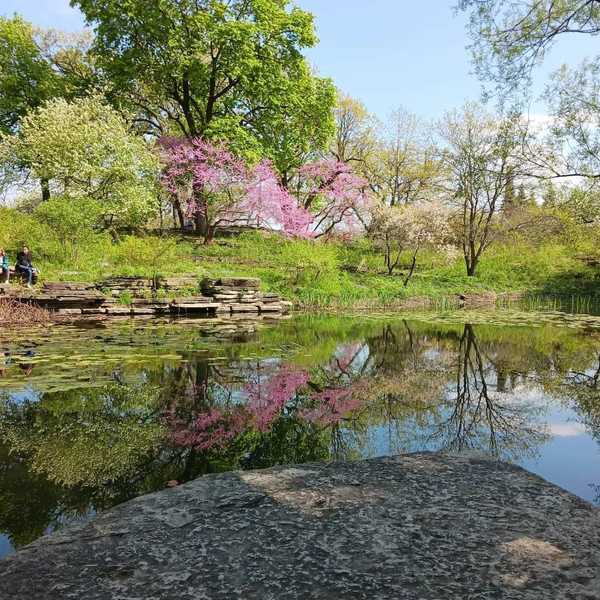
Alfred Caldwell Lily Pool, Chicago
Built in 1889, this pool and its surroundings were redesigned by Alfred Caldwell in 1936, in the characteristically horizontal Prairie School style of landscape architecture. Having deteriorated and been closed for years by the late 1990s, an extensive restoration led to the site being recognized as a National Historic Landmark in 2006.
Despite being situated in one of the three loudest cities in the US, this “hidden garden of unmatched beauty [where] only bird songs and the sound of a gentle waterfall break the restful silence” is described on Tripadvisor as “quiet, peaceful and romantic”, “beautiful, tranquil and lush”, and a place where “the break from the city refreshes and rejuvenates [the] soul”.
Photo by @dreamingaceadventures on Instagram

Los Angeles Japanese Garden
Located in the fifth-noisiest city in the US, this chisen-teien (pond garden) “demonstrates the positive use [of] reclaimed water” from the adjacent Tillman Water Reclamation Plant, which removes and treats wastewater from the sewer system.
Featuring waterfalls, lakes, streams, bridges, stone lanterns, a zen garden, a wisteria arbor, and traditional Japanese buildings, its creator, the Japanese-American “renaissance man” Koichi Kawana created “a gem in the midst of a bustling megalopolis”, “where you can collect yourself and simply reflect”, and “clear the mind”.
A cropped version of the original photo by Glen Bowman (CC 2.0)
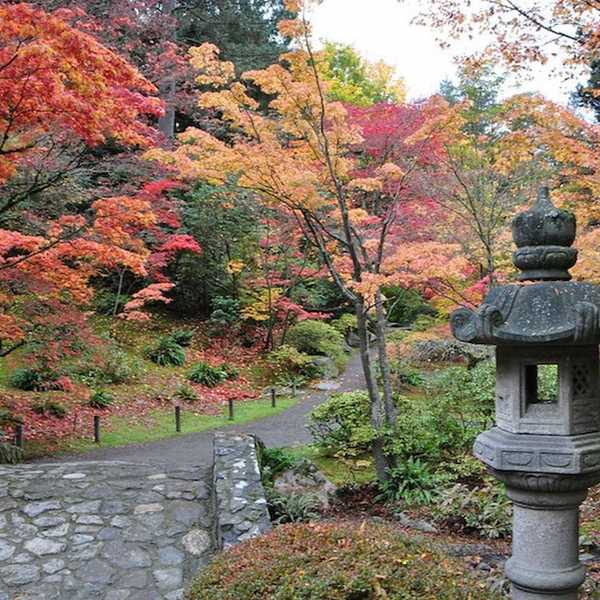
Seattle Japanese Garden
Completed in 1960, nearly 25 years before the dedication of its LA counterpart, this garden is considered one of “the highest-quality public Japanese gardens located in North America”. It hosts regular tea ceremonies and other traditional cultural activities, while its layout allows visitors to experience Japan’s varied landscapes in microcosm: “mountains, forests, waterfalls, rivers, lakes, islands and the sea”.
Birthday wishes and reminiscences on the garden’s 60th anniversary spoke to its status as “a verdant oasis in the middle of a big city […] [and a] community jewel” of “incomparable beauty, serenity, and joy”; “one that is discreet, almost hidden, but when discovered sparkles with a depth of beauty rarely experienced”, and which imbues visitors with the ability to “go back into the world as a ‘whole’ person”.
A cropped version of the original photo by bobosh_T (CC 2.0)

New York Chinese Scholar's Garden
Built by a team of 40 Chinese artists and artisans from the city of Suzhou, this “compilation of different gardens in China” in New York City includes eight pavilions constructed using traditional mortise-and-tenon joints (where a ‘tongue’ fits into a hole), rather than nails or glue. In a mosaic on the upper pavilion, China and the US are represented by broken rice bowls and (less flatteringly) beer bottles, combined “as a symbol of harmony and unity”.
Tripadvisor reviews paint a picture of “a beautiful, peaceful respite from the hustle of New York”, where “everything [is] quiet and harmonious” and “immers[ion] in nature’s beauty” and “the tranquil surroundings […] help melt away the stress of life”.
Photo by @snugharborccbg on Instagram

Phoenix Japanese Garden
Over 50 architects from the Japanese city of Himeji contributed to this garden in Phoenix, Arizona, which was “proposed […] to cement the bonds of friendship between Japan and the United States”. All of its decorative features, and the time spent designing and guiding its construction, are gifts from Himeji and its citizens. As well as a tea house, it features more than 85 plant species and 300 koi carp.
The garden’s “tranquil splendor […] [and] almost mystical tranquility” makes it “a great escape from the city” and “a meditative place in the heart of busy Phoenix”. Most impressively, for a garden in the Arizonan desert, it even “feels just like Japan”.
A cropped version of the original photo by Ben Cane (CC 2.0)
Listen to nature soundscapes from the US
The Noisiest US States
Share of population exposed to >66.7 dB noise levels within an average day
The most peaceful spots in the UK’s loudest cities
Edinburgh, capital of Scotland, ranks as the ‘noisiest’ city in the UK, followed by Wales’ capital, Cardiff, and then Swansea, the second-largest Welsh city. London, while it may have some of the noisiest neighborhoods in the UK, ranks fourth on average.
The characteristically narrow streets and high buildings of Edinburgh, which amplify noise and allow it to travel, may be partly responsible for the city taking the top spot. Residents also complain about disruption from night flights into the city airport and even the noise of traffic speeding down traditional cobbled streets. Meanwhile, the Edinburgh Fringe, the world’s largest performing arts festival, brings an annual influx of three million revelers into a city of just 554,000 people! Let’s take a closer look at some of the quietest spots in the UK’s loudest cities.
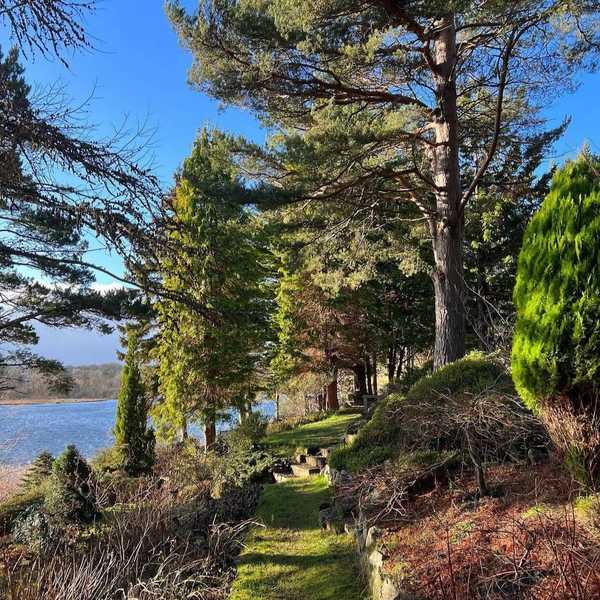
Dr Neil’s Garden, Edinburgh
Edinburgh’s “quintessential secret garden” is located alongside a 12th-century kirk (church), where the lower slopes of Arthur’s Seat (an extinct volcano) meet Duddingston Loch. Its namesakes, husband-and-wife general practitioners Nancy and Andrew Neil, began cultivating the site in 1963 (along with their patients, who “benefit[ed] from [the] healthy outdoor activity and the tranquil setting”). After the Neils died in 2005, a physic garden was planted to commemorate their “life-long interests in horticulture and medicine”.
Once “a scrappy piece of wilderness”, the doctors’ garden is now a “green and quiet place […] a stone[’]s throw from the center of Edinburgh”; somewhere “to sit and read a book in the sunshine”, which “you don’t have to be a gardening enthusiast to appreciate”.
Photo by Monika Tymanowska
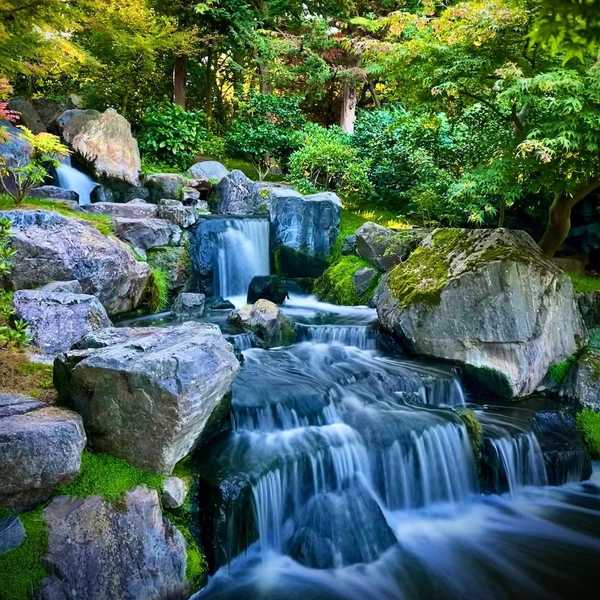
Kyoto Garden, London
“Designed and built by an eminent Japanese Garden designer and his team” to celebrate London’s Japan Festival in 1992, this garden in Holland Park was a collaboration between the Royal Borough of Kensington and Chelsea and the Kyoto Chamber of Commerce. Japanese maple trees, “tranquil tiered waterfalls and a serene pond full of beautiful koi carp”—and, on occasion, the park’s wandering peacocks—conjure the impression that Kyoto has come to London.
The garden’s “lovely tranquil atmosphere” makes it “a blissful escape”, an “excellent [place] to sit and read, or contemplate, or just relax for a little while”, and perfect for “meditat[ing in the] early morning”.
Photo by @josamson21 on Instagram
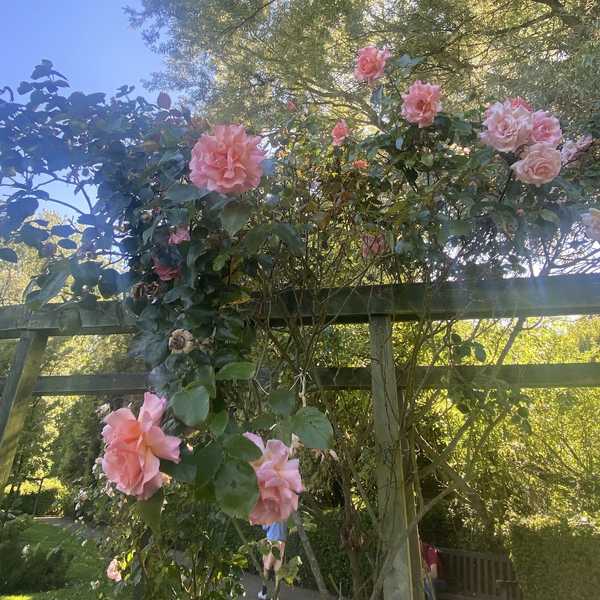
Fletcher Moss Park, Manchester
Used extensively by the local community, this park received ‘Much Loved’ status as part of the UK’s Best Park award in 2019. Due to its range of habitats—some of which have special status—the site is a valuable haven for wildlife such as birds and butterflies.
The garden’s central walled rock garden was laid out by the botanist Robert Wood Williamson, before being sold to the philanthropist Alderman Fletcher Moss, who in turn donated the property, and the surrounding parkland, to the city of Manchester in 1915. Since then, the public has been able to enjoy this “little piece of heaven on earth”; a “lovely place for a picnic or chilling out with a book”, with “songbirds galore”!
Photo by Charlotte Greaves

Lunt Meadows, Liverpool
Due to its populations of water birds and birds of prey, this 190-acre (77-hectare) wetland on the outskirts of the UK’s ninth-noisiest city is a newfound hotspot for birdwatchers. It is also home to the endangered water vole.
However, as recently as 2014, Lunt Meadows Nature Reserve was farmed intensively as arable land. It was only after being purchased by the Environment Agency that its new role as a flood storage reservoir-cum-nature reserve transformed the site into “a hidden gem”; “a stunningly beautiful” and “relaxing place to walk [and] get back to nature”.
Photo by @simon_williams_photography on Instagram
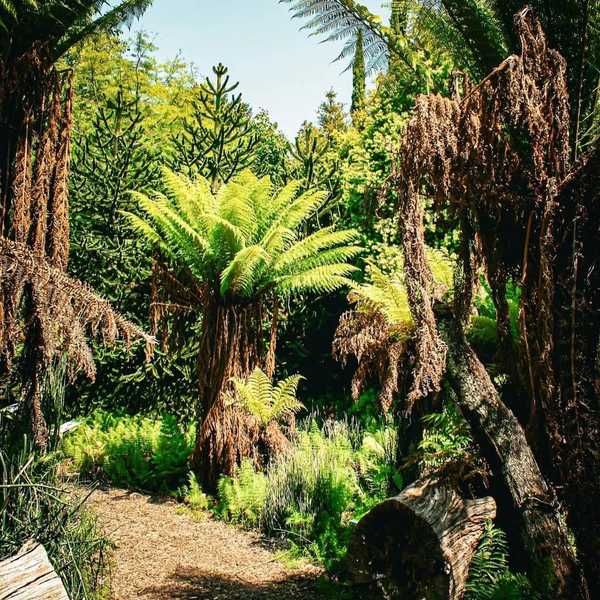
Botanic Garden, Bristol
First established in 1882, a relocation in 2005 (its third) made this the first university botanic garden built in the UK in the present century. It features 4,500 species of plants in collections related to topics such as evolution, local flora, and useful species, some of which are housed in 6,900 sq ft (640 m²) of greenhouses, “divided into four climatic zones”.
Ideally “enjoy[ed] […] at a slow pace”, this “gardener[’]s paradise” is “a lovely secret hideaway”; an “idyllic setting” “jammed packed with love and care”, making it an “oasis of peace and quiet and color within easy reach of the city center”.
Photo by @nalmerpillsen on Instagram
Listen to nature soundscapes from the UK
The most peaceful spots in Europe’s loudest cities
In the rest of Europe, Vienna, Austria’s capital, takes the crown of ‘noisiest’ city, followed by Cagliari, Italy (capital of the island of Sardinia), and Barcelona, Spain.
Despite its anecdotal reputation for being quiet and “mov[ing] at its own leisurely pace”, aviation noise may prove disruptive in Vienna (as in Boston and Edinburgh), particularly in the southeast of the city. In addition, at ground level, the Südosttangente, its busiest road, takes 210,000 cars through the city each day. Vienna’s abundance of pre-1920s houses may also contribute to its position at the top of our list; though “beautiful, [they are] not always blessed with the best sound insulation”. Let’s look at some of the most tranquil places in Europe’s loudest cities.
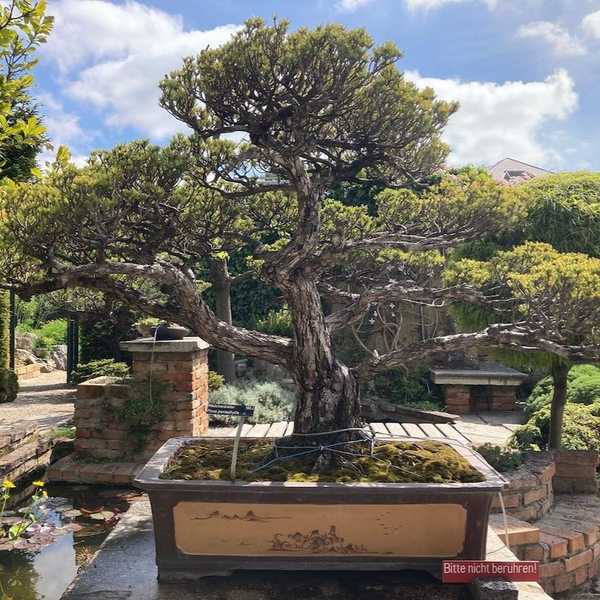
Botanical Garden, Vienna
Dating from 1754, around 4,920 sq ft (1,500 m²) of greenhouses had been added to Vienna University’s Botanical Garden by 1893. Today, planting includes approximately 11,500 living plant species, a “collection of […] international importance”, many of which “are used in research projects and courses at the University of Vienna”.
Given Vienna’s position as the noisiest city in mainland Europe, it is particularly impressive that the garden is described as “ooz[ing] tranquility” and being “one of the quietest and most lovely green spaces in the city”, “where [visitors] can relax and enjoy a picnic far from the crowds”.
Photo by @luciapalkovicova on Instagram
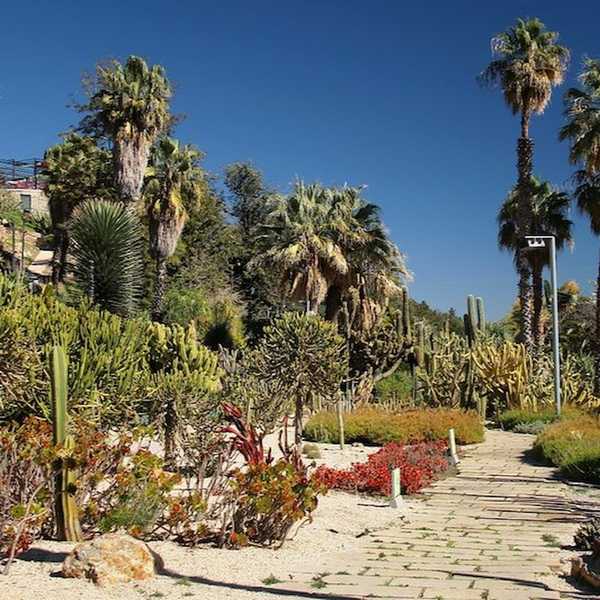
Mossèn Costa i Llobera Gardens
Barcelona, Europe’s third-noisiest city, is home to these gardens, which have specialized in cacti and other succulent plants since opening in 1970. Around 800 species survive due to a microclimate two or three degrees warmer than the Catalan average, thanks to the gardens’ sheltered location, which also provides “a spectacular panoramic view of the city’s coastline and port”.
The gardens are “a must-visit for people who love nature [and] plants”, and want “to escape the bustle of town for a while” in “one of […] [its] most silent places”.
A cropped version of the original photo by Jorge Franganillo (CC 2.0)
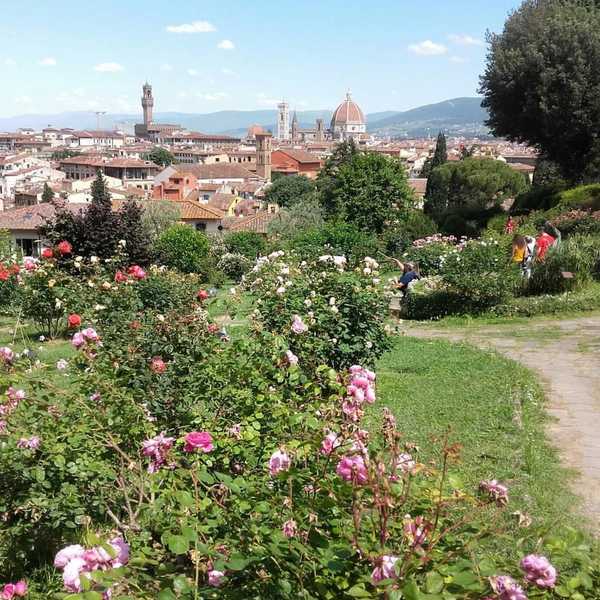
Il giardino delle rose, Florence
“Offer[ing] a commanding view of the city”, this garden, true to its name, is home to around 400 varieties of roses (at their best in late spring), making it “the ideal site for a romantic promenade”. Created in 1865, modern additions include 10 bronze sculptures by Belgian artist Jean-Michel Folon, and a Japanese karesansui garden of rocks and raked gravel.
Visitors are advised to “take [their] time and enjoy the stunning aroma of different and multicolored roses” in this “perfect combination of art and nature”. Though “overload and fatigue can be the byproduct of ‘doing’ Florence”, the garden offers “peace, calm and tranquil beauty”, and a way to experience the city’s skyline in a “less-stressful and more floral way” than from the “hustle and bustle in Piazzale Michelangelo”.
Photo by @garten_kindermann on Instagram
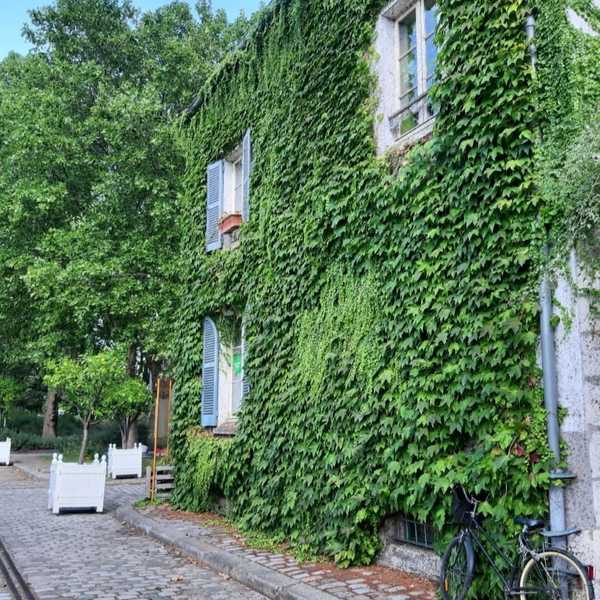
Le parc de Bercy, Paris
Built on the site of the old Bercy wine warehouses, the three gardens making up this park give it a diverse identity. Areas range from tree-lined lawns to flower beds and a ‘romantic garden’ of fishponds and recreations of sand dunes, while a vineyard nods to the area’s former status as “the thriving center of the Paris wine trade”.
“Away from the hordes carrying selfie sticks […] marching through so many famous attractions”, the “gloriously calm and beautiful” Bercy Park can make visitors “forget that [they] are in a big city”.
Photo by @raphaeva on Instagram

Normafa, Budapest
Part of the undulating, wooded Buda Hills and a popular destination for nature walks and running, this area is “known for its panoramic scenery and fresh air”. Previously called Viharbükk, it gained its current name, ‘Norma tree’, when a singer from the Hungarian National Theatre performed an aria from Bellini’s opera Norma beneath an ancient beech tree.
The beech was felled by lightning in 1927, but Normafa remains “a true gem” and a “lovely escape from the city”, where it’s “a relief to see Mother Nature and […] the beautiful landscape of Budapest and the surrounding mountains”, without “tourists, crowds, or people trying to sell you things”.
Photo by @leticiaborbely on Instagram
Listen to nature soundscapes from Europe
Final thoughts
Whether you’re a resident or a visitor, we hope that this research will open a doorway into the tranquil places that can be found in even the unlikeliest of urban locations.
Increasing the amount of time spent in spaces where natural sounds override artificial ones can allow us to de-stress and recalibrate our nervous systems. So, if you can, seek out your nearest hidden park, secret garden, idyllic cemetery, or overlooked wooded area. Go for a stroll, watch the birds, or lay out a picnic and listen to the natural sounds around you.
And if you can’t, why not explore some of the 700+ nature sounds available on Earth.fm? All recordings have been made by audio professionals using specialist equipment to capture the true quality of nature’s soundscapes. And it’s not just birds, wind, and waves that can be heard—if you want to be really transported, there are also the likes of alligators communicating with each other in Okefenokee Swamp in Georgia, and orangutans calling from a rainforest canopy in Malaysia.
Methodology and sources
How we did the research
Using academic and official sources, we began by reviewing data and research exploring noise levels in cities across the US, UK, and mainland Europe. Instead of absolute values showing how loud each city is, these sources explained what share of each city’s population is exposed to high noise levels during an average day.
The results shown on this page are ordered by the percentage of the population experiencing the day–evening–night noise level (or Lden, a European standard for expressing noise levels over an entire day) of up to 65 dB. You’ll notice a huge disparity between the figures for US cities, compared to those in mainland Europe and the UK. That’s because of differences between how noise data is collected and measured, meaning that these regions should be considered separately.
Next, we identified which parks and nature spots are considered quiet by those who visit them. We did this by searching visitors’ reviews for mentions of ‘quiet’, ‘relaxing’, ‘tranquil’, ‘calm’, and ‘peaceful’. This gave us a ‘Quiet Score’, a metric we created based on three factors: the share of each location’s reviews that mention these words; the location’s average visitor rating; and its popularity, and whether that impacts its peacefulness (a place with many reviews may be more crowded and less peaceful, while one with only a few reviews may not accurately represent the typical visitor experience). The higher the ‘Quiet Score’, the more peaceful the place is. In total, we looked into over 3,000 parks and nature spots across 245 cities.
Only cities with a population of 250,000 or more have been considered in the results published here. We hope to expand this research to other world cities in the future. In the meantime, please contact us if you have any feedback, comments, or suggestions about this research.
Notice: We’re currently receiving a high volume of enquiries about this research – thank you so much for your interest!
Press enquiries: If you’re a member of the press and would like more information about this research, please get in touch and we’ll get back to you.
Sources
FAQ
We are Earth.fmJoin the Earth.fmFamily
“An Earth Holder* works to preserve this planet for living beings by taking care of the air, water, and soil.”
Thich Nhat Hanh


